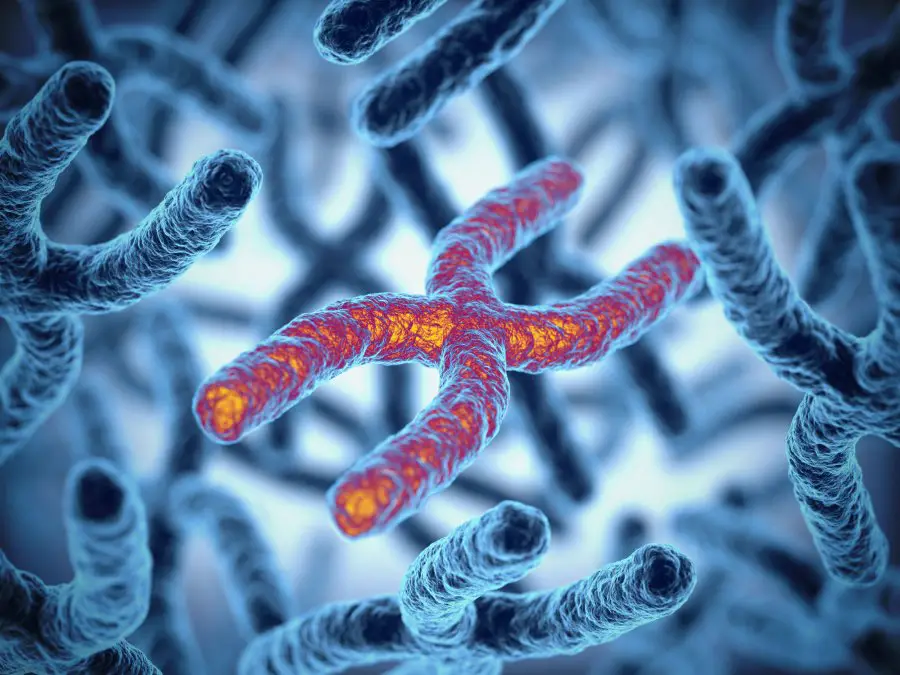New Technique Allows Scientists To Achieve First Complete Assembly Of Human X Chromosome
Tags: News

Modern technology has taken us several strides forward in major scientific studies. Back in 2003, tireless research by scientists has even given us a completely sequenced genome. Since then, researchers have tried to take this a step further and assemble a human chromosome. Well, it took some time, but they got it done. So, for the first time in human history, scientists have achieved a complete assembly of the human X chromosome.
After years of trial and error, geneticists succeeded in assembling a gap-free human X chromosome. This could be accomplished because of a newly developed technique, nanowire sequencing. It allows the geneticists to properly read the DNA strand.
Hey, are you enjoying our content? Want to see also some thought-provoking videos from Truth Theory? We are on YouTube, make sure you subscribe to our YouTube channel, click HERE
Previously, the sequencing techniques they were using allowed them to read only a small section of the DNA at one time. Hence, the assembling was like piecing a puzzle together.
While these experts are better than anyone, the human X chromosome can be extremely intricate and difficult to read. Assembling it piece by piece meant there was a larger chance of mistake. The issue was not just sequencing it in the correct order, but also checking how many times the same strand was getting repeated.
Karen Miga is a satellite DNA biologist and is currently working at the University of California Santa Cruz Genomics Institute. She stated that the regions of the DNA that the researchers were missing actually turned out to be one of the richest sections. She added that within the human population, this DNA region was capable of the most modification. She further said that a comprehensive study of it will reveal deeper secrets of diseases and human biology.
Nanopore Sequencing: A Breakthrough In Sequencing Human X Chromosome
The nanopore sequencing technique has a nanoscale home alone with a membrane that’s resistant to electricity. So, to sequence the human X chromosome, electricity is passed through the membrane. Then, the nanopore is fed with genetic material. As a result, the fluctuation in electricity translates into genetic sequencing.
What is better is that this latest system reduces polymerase chain reaction, which meant the DNA was amplified and replicated millions of times. This was the technique used by Dr. Miga before. Her research team had obtained DNA from a rare uterine tumor. And they had to use PacBio, Illumina, and hydatidiform mole sequencing technologies to complete the procedure.
Dr. Miga explained that they had to use three sequencing systems and separately read multiple sets of data. Even then, they could not figure out the full assemblage.
But, now with the newest update, the researchers were able to figure out all the 29 regions of confusion in the human X chromosome. They reached the later technology update by making slight modifications to their experiment. This is a huge leap in mapping the human genome.
The team published their paper on Nature and stated that the goal is within human grasp. Hopefully, the day is not far when the human genome is mapped completely.
Image Credit: Milosh Kojadinovich

Leave Comment: